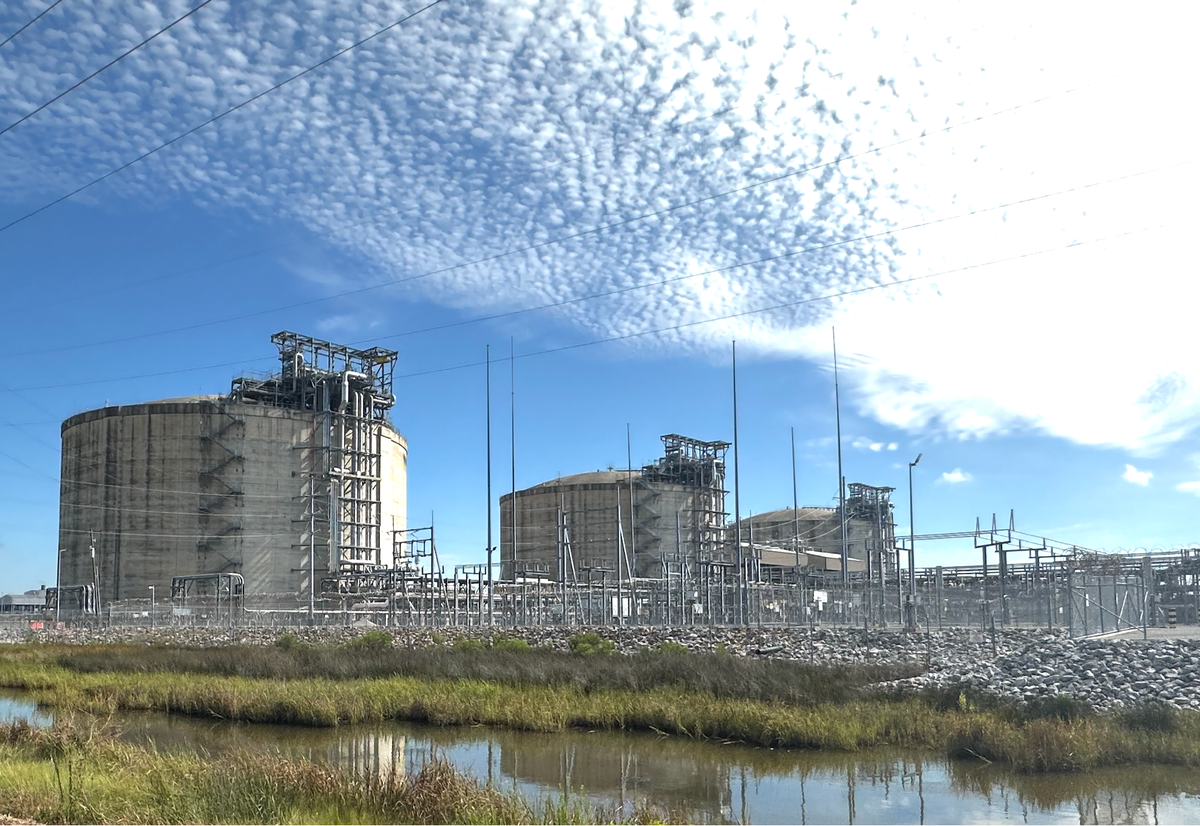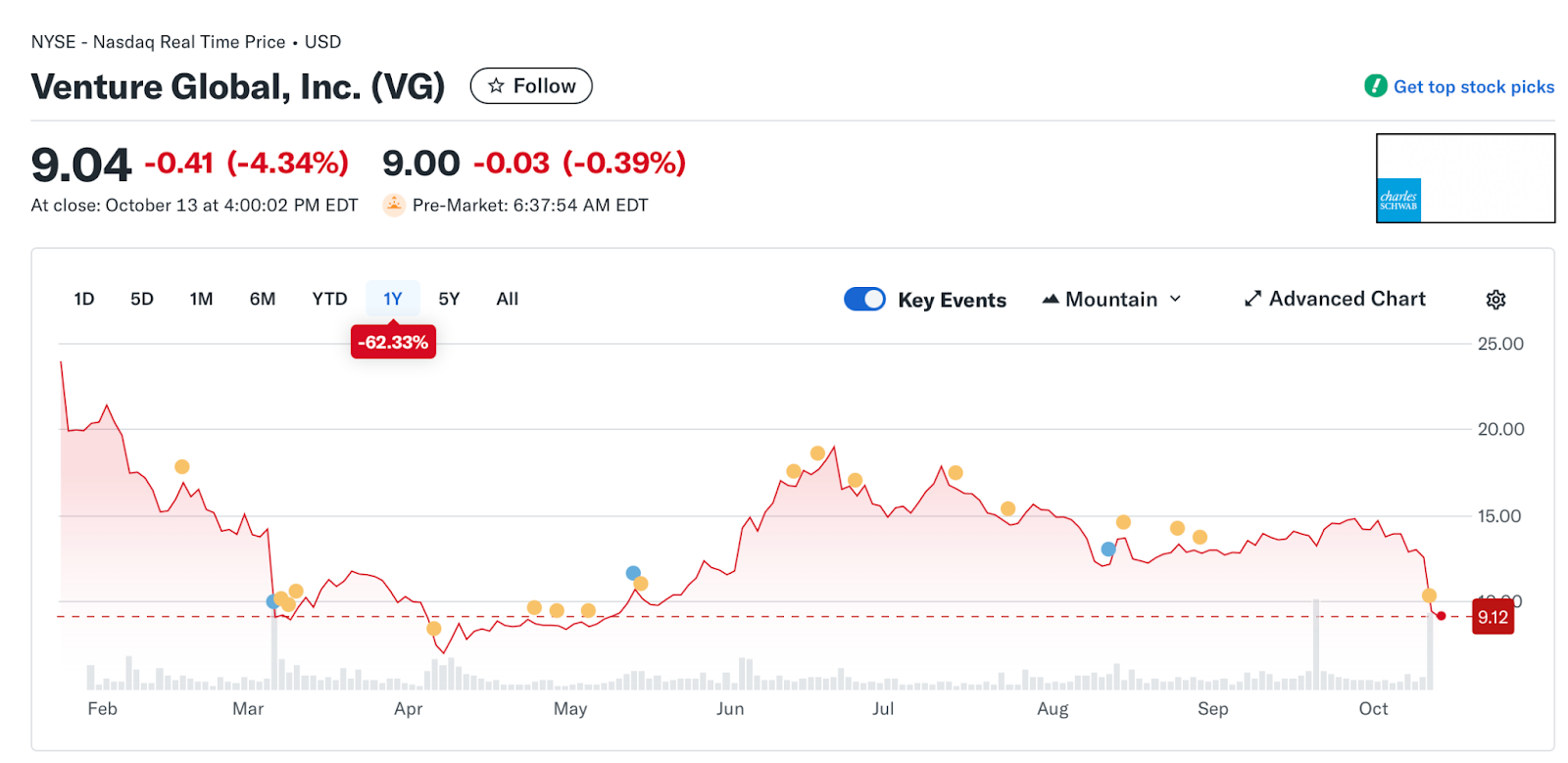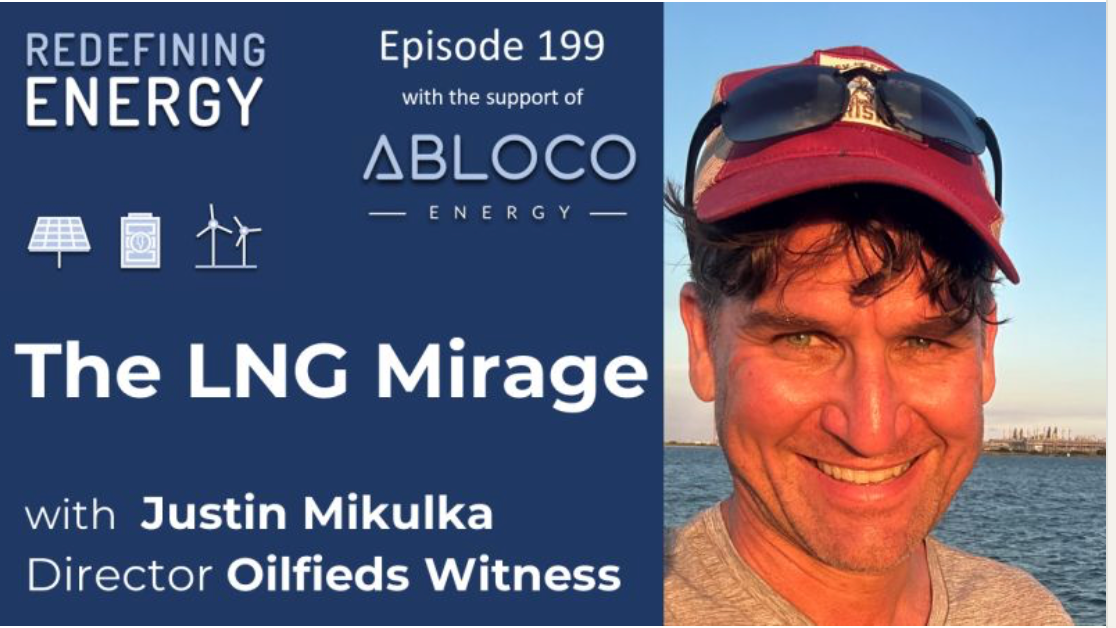Gambling Debts

In 2019 there was a bidding war for the Permian-based oil and gas company Anadarko. Chevron reached a deal to pay $33 billion for Anadarko but then Occidental (Oxy) got into the game and a bidding war ensued and Oxy ended up paying $57 billion. This was made possible by an extra $10 billion from legendary investor Warren Buffet. At the time Buffett said it was “also a bet on the fact that the Permian Basin is what it is cracked up to be.” At the time I wrote, “perhaps this time really will be different, or perhaps Occidental will follow in the footsteps of Halcón and others who bet it all on the Permian and lost.” In 2020 I checked in on Buffett and Oxy and noted that “Buffett now appears to be discovering exactly what the Permian is really all about — too much debt and no free cash flow to pay back that debt.”
It turns out that even with the high oil price spike due to the Russian invasion of Ukraine, Oxy couldn’t pay back enough of its debt and now has had to sell its petrochemical business in order to pay off some of that debt. Oxy CEO Vicki Hollub explained the rationale behind the sale.
“The problem has been getting our debt down faster, so this resolves the one outstanding issue that I think will now unlock our stock and allow shareholders to feel more comfortable, hopefully, to add to their positions and others to come in.”
The interesting thing is who bought the petrochemical business: Warren Buffett’s Berkshire Hathaway. He currently owns around 25% of Oxy and now appears to be attempting to bail out the company from its crushing debt so they can pump up the stock price with buybacks at which point I assume he will unload this losing bet on greater fools. Estimates are that Buffett’s stake in the company cost an average stock price of $51. The stock is currently around $42.
Now you may be thinking that Warren has a plan for the long game and that he will show us all that the Permian really is all it’s cracked up to be in the future. You might want to do more homework than Warren has done if that is what you expect. Here is a headline from this month in the very industry-friendly publication Hart Energy.

However, you may be thinking you’ve read in the press that the Permian can make money at $35 a barrel oil so that is why Buffett is going to win out in the long run.
In September another very industry-friendly organization published estimates that the cost to produce U.S. shale oil would rise from around $70 now to $95 within 10 years. This will be “driven by a shift from economically proven inventory to more speculative locations.”
This is the point I’ve been making since before Buffett invested in the Permian. It is very expensive to produce shale oil and the best acreage where it was possible to maybe make money at $70 a barrel is long gone.
This was the situation I described in March 2024 in the piece titled, “U.S. Oil Industry Peaks as “the days of easy oil are over.”
Meanwhile, the EIA now expects oil prices to average $52 in 2026. But those are Brent oil prices so in the Permian it will likely be in the high $40s. The oil industry wants you to believe that this is all temporary and the world will need a lot more oil in the future. Warren Buffett also wants you to believe that — at least until he can unwind his big losing bet on the Permian. I don’t share their opinion on the future of oil demand as the evidence doesn’t support the claim.
We can be pretty certain that Oxy and the rest of the Permian producers will not be paying back any debt when oil is at $50 barrel.
Now, since we are talking about a business model with “too much debt and no free cash flow to pay back that debt” let’s take a look at another industry with that problem: the U.S. LNG industry.
Venture Global and the US LNG
Back in the early days of 2025 the U.S. LNG industry was abuzz with excitement about finally being unshackled by the onerous regulations of the Biden administration. Trump was here, regulations no longer were and it was time to make bank on U.S. LNG exports! And Venture Global was the poster child for this new era of LNG wealth creation with an IPO for the ages.

In January we were told Venture Global was going to be valued at $110 billion. At the time, I warned that anyone who invested in this IPO would lose money and deserve it because if they simply read the Venture Global filing it was clear that VG had serious financial issues it didn’t have any real way to solve. My exact words were “Any idiots who invest in this deserve to lose everything.” Long story short: Idiots invested, idiots lost a lot of money. Venture Global is now valued around $9 a share, down over 60% since its IPO but still with a market capitalization of $22 billion or so.

$22 billion is still a big number. However, it is a much smaller number than the amount of debt Venture Global currently has on the books. At the end of June, Venture had around $29 billion in debt. However, that did not include the extra $15 billion they picked up in July.
That’s a lot of debt. Now all of this should make investors nervous if they understand the basic maths. To put that amount of debt in perspective it’s good to know that it is similar to the amount of debt that Exxon currently has but Exxon is worth $500 billion, not $22 billion.
However, there is another asterisk when it comes to VG and debt and I pointed that out back in February. Venture Global warned us in their IPO filing that they had screwed over their long-term customers to make short-term profits selling LNG on the spot market and that their customers were not happy and were asking for big money via arbitration.
“If we are unsuccessful in our current and any potential future arbitration proceedings with our customers, the amounts that we are required to pay may be substantial and certain of our post-COD SPAs may be terminated, which may lead to an acceleration of all our debt for the relevant project.”
An acceleration of all our debt for the relevant project. And while Venture won its first arbitration case, it lost the second one to BP and BP wants $1 billion in cash plus expenses.
If you are still invested in Venture Global I suggest you look at their positive cash flow in their next filing and see how that compares to their total debt. That would all be troubling for Venture Global in any normal market but if you haven’t heard the U.S. LNG market is about to face a rough 5 years or so. I wrote about why in The End of the US LNG Bubble. And LNG - The Oil Industry’s Last Scam. And As Solar Dominates, the Sun Sets on the LNG Boom.
I’ve been a bit of a broken record but it appears the word is getting out. Javier Blas at Bloomberg is a reliable supporter of the oil and gas industry. Last month he wrote a rather puzzling piece with the title, “The Myth of Peak Fossil-Fuel Demand Is Crumbling.” I do not agree with this conclusion and neither do the facts. In May of 2024 he wrote another puzzling piece with the title, “Nevermind Those EVs — Oil Demand Keeps Growing.” That won’t age well. Which all is to say that I was shocked to see his latest column on the outlook for global LNG. Liquified Natural Gas Risks Becoming a Bridge to Nowhere, in which he makes the argument I've been making:
“LNG is threatened by a pincer movement involving, ironically, the two old and new sources it’s supposed to bridge: coal and solar.”
“With coal proving stickier than expected, the first part of the bridge doesn’t make much sense. And the other side of the equation is also performing better than expected, and more quickly: that would be the combination of solar and batteries, which producing far more electricity than many had anticipated a few years ago. A flood of cheap Chinese-made photovoltaic panels — subsidized by cheap coal-fired electricity — is transforming power generation from Pakistan to Vietnam. Batteries are providing the flexibility that many thought would come from LNG. And when that’s not enough, Asian nations still prefer to resort to old-fashioned brownouts and rolling blackouts rather than pay for gas. The shores that LNG was meant to bridge — coal and renewables — are a lot closer than anyone thought; a viaduct may still be needed, but it’s much shorter than expected.”
LNG would need to be a long bridge to pay back all of the debt the U.S. LNG industry has piled up but that is a highly unlikely outcome. Much like the Permian oil producers’ long-term plans to produce profitable oil for decades to pay back their huge debts. That isn’t going to happen either. The U.S. shale oil industry is unlikely to ever collectively turn a profit. It hasn’t yet and the outlook is getting pretty grim. And that doesn’t even include the industry's massive liabilities for cleaning up the mess it has made. The shale industry executives talk a great game. Hell, they suckered in the guy many consider the greatest investor of all time. And yet more suckers keep lining up.
Eventually they will learn that all of the business models involved in the U.S. shale industry - from gas and oil producers to LNG exporters — face the same problem: too much debt and no free cash flow to pay back that debt.
But don’t take it from me about the problems with making money in the shale patch. Listen to Oxy CEO Vicki Hollub in 2021.
“The profitability of shale,” she said, “is much more difficult than people ever realized.”
UPDATE: Fitch explaining why it downgraded Venture Global to "negative" is worth a read.
Podcast
Last month I did an interview with Redefining Energy where we talked about the problems facing the LNG industry.

Comments ()